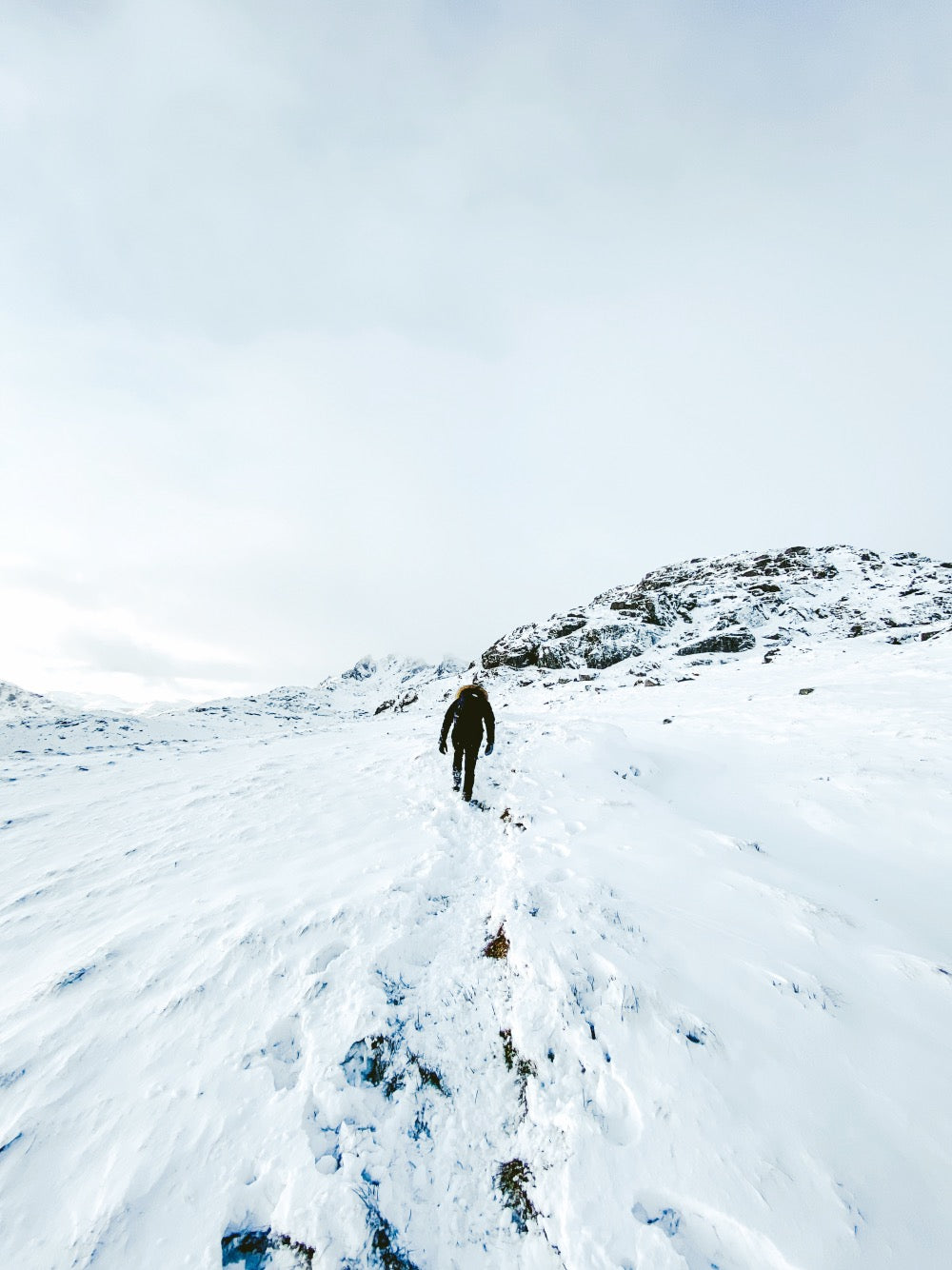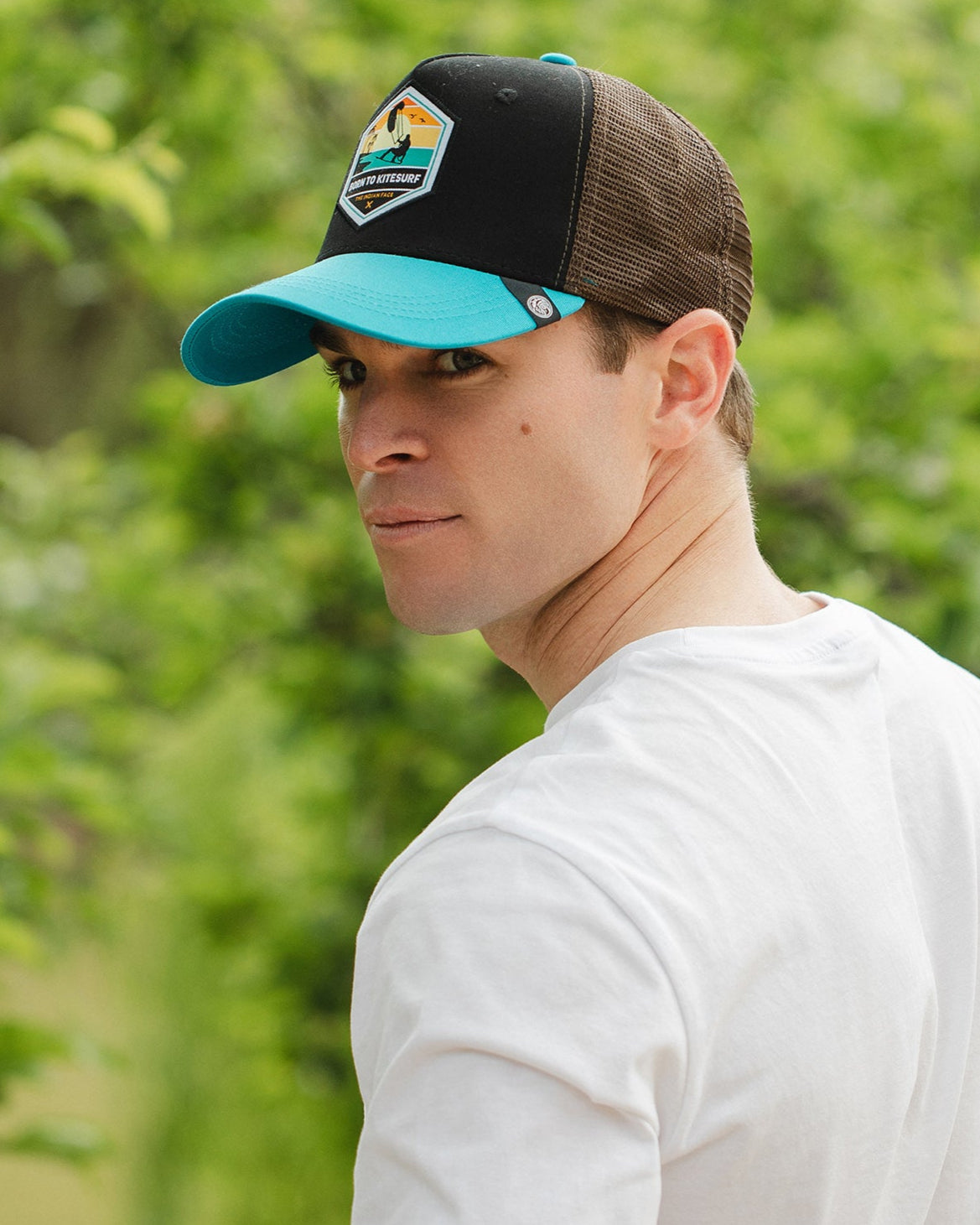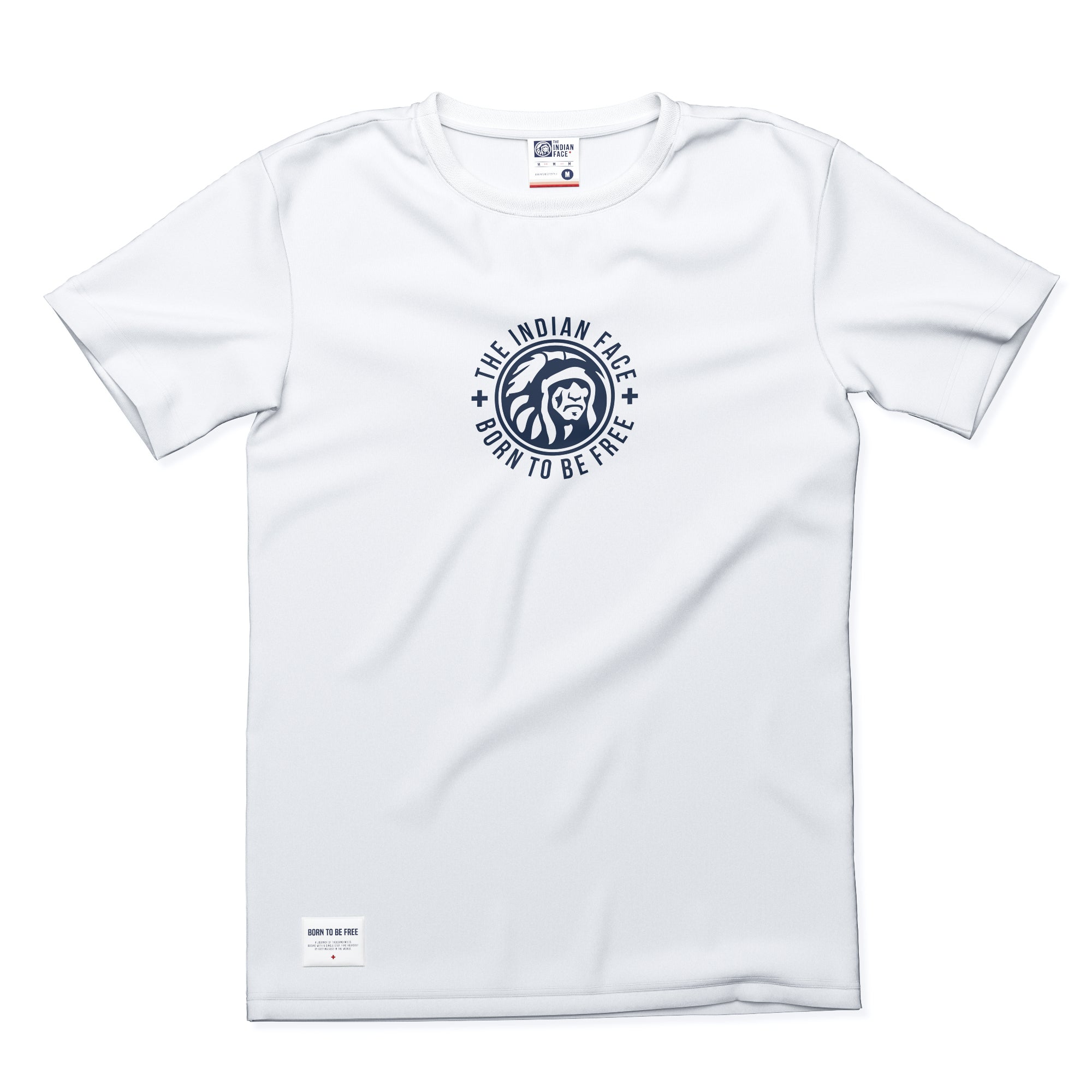For centuries, the sea has been the main protagonist in the conquest of the Poles. And in the case of the Arctic, given its condition as a frozen sea, expeditions by boat followed one another to try to break through the ice and reach the prize of the North Pole.
In this sense, polar exploration is the exploration of the lands around the North and South Poles. The poles are the coldest and most remote regions of the earth, with the North Pole located in the Arctic Ocean as we said before, covered by a huge floating ice cap. The South Pole is on land, on the frozen continent of Antarctica. It was the first explorers who arrived in these regions who began to prepare sleds that were pulled by dogs, or even tried to go on foot! Since this activity began, it was always something with a bit of risk and danger, since the ice would have huge cracks where, for example, dogs could get lost, or even sleds and people when they were on the ice. carry out polar explorationr.
For this reason, other explorers used ships, which were sometimes unstable due to the large amount of ice, which could lead to the ship sinking. For this reason, later explorers began to use icebreakers: these are ships designed to facilitate the opening of a path in frozen seas. They also used dirigible balloons, which are aircraft that float, airplanes and snowmobiles as soon as they appeared for this purpose.
What are the reasons why people began to explore these polar regions?
The first ones polar explorations were undertaken for various reasons. Some explorers longed for the recognition of being among the first people to reach unknown lands, where no one had ever been before. However, other explorers wanted to be able to discover increasingly shorter navigation routes between Europe and East Asia, in order to facilitate all the activities that were already being carried out back then with the goal of trade and relations. On the other hand, in the case of the polar explorationThere were also explorers who sought to enrich themselves by hunting seals and whales. In recent times, regions have also begun to be explored in the same way in order to gather scientific information, although many intrepid explorers lost their lives trying to achieve all these objectives.
As we mentioned, exploration of the Arctic and all the regions inhabited by indigenous peoples there has been going on for many years. The first foreigner was most likely an ancient Greek named Pytheas. Pytheas arrived in Norway or Iceland around the 4th century BC. Vikings from Norway traveled to Iceland and Greenland in the 9th and 10th centuries. By the 16th century, the Dutch and the English were already undertaking voyages to the Arctic in search of new trade routes. In 1878–79, a Swedish explorer, Baron Adolf Erik Nordenskiöld, sailed from Europe to the Pacific Ocean via the Arctic Ocean. This route was called the Northeast Passage. In 1905, the Norwegian explorer Roald Amundsen became the first to navigate the Northwest Passage. It was a route that went from the Atlantic Ocean to the Pacific Ocean crossing the Arctic. The American explorer Robert E. Peary claimed to have been the first to reach the North Pole in 1909.
Peary, Matthew Henson, and four Inuit made the last part of the journey by sled. Some people later questioned whether Peary had actually reached the pole.In 1926, Amundsen and two companions flew over the North Pole in a dirigible balloon. In 1937, a group of Soviet pilots flew over the North Pole to the United States. In 1958, an American submarine became the first ship to cross the North Pole beneath the Arctic ice cap. Certainly great historical data on the history of the Arctic. polar exploration!

POLAR EXPLORATION OF THE ARCTIC TODAY
But Arctic exploration has changed over the years. Zaria Forman, a Brooklyn artist and art curator on the new National Geographic polar ship Endurance, is a case study in how travel to the Arctic can transform a life. Forman’s mother, a photographer, first took her to Greenland in 2007. Until that trip, Forman “only knew climate change as a distant subject,” she says. But the visit opened her eyes to the problem, as well as the ways locals were forced to adapt their ways of life to changes in their environment. She now travels to Arctic regions for at least a month at a time, photographing and drawing areas that are “intriguingly composed” and evoke strong emotions, creating large-scale pastels that are “as realistic as possible to convey that same feeling to the viewer.”
IT'S NOT JUST THE ARCTIC THAT IS BEING EXPLORED: THE ANTARCTIC PHENOMENON
Several explorers saw the Antarctica The South Pole was first discovered in 1820. The first landings on the continent took place in 1895. British explorers Robert F. Scott and Ernest Henry Shackleton led expeditions in the early 20th century. Scott reached the South Pole on 18 January 1912. His goal was to be the first. However, Roald Amundsen and four companions had reached the pole a month earlier, on 14 December 1911. Scott and his men died on the return journey. In 1928, American explorer Richard E. Byrd established a base on an ice shelf on the coast of Antarctica. Byrd was the first to fly over the South Pole in 1929. Meanwhile, many countries began to take an interest in the scientific study of Antarctica. During 1957–58, scientists from various countries established 50 research bases throughout Antarctica. In 1959, several countries signed the Antarctic Treaty. This agreement reserves all of Antarctica exclusively for scientific research. The Antarctic continent, which remains unknown to many, never ceases to surprise with new discoveries and unsolved mysteries. How interesting is the topic of polar exploration!
Antarctica is an unexplored and mysterious place, hence the results of each investigation or discovery generate a great impact. The origin of the continent is the main mystery. It is estimated that Antarctica (whose name means opposite to the Arctic) froze at least 23 million years ago, many millions before the appearance of the first homo sapiens, which would refute the possibility that humans populated it before its current frozen state. But until now that is not known for sure. The 'blood falls', craters of more than three kilometers, repetitive urban legends about UFOs and ice pyramids, unknown species... are some of the mysteries that exist about the frozen continent, the best place to do polar explorations.
The Antarctica It is one of the last truly intact regions on the planet. Do you know Ramón Larramendi? He is one of the most knowledgeable and expert explorers in polar territories in the world. Here we tell you very interesting things about him! From
In The Indian Face ® We have been inspired by our polar regions and have designed our POLAR sunglasses model. Don't miss it!
In

- Polarized lenses: they deflect the reflections and the rebound of the sun's rays on surfaces such as the road or the sea, thus creating greater visual softness, which translates into greater comfort for your eyes.
- UV400 filter that protects you from the sun's UV rays, including UVA and UVB rays.
- Category 3 light transmission, perfect for days of intense sun. For going to the beach, playing sports or simply walking in the countryside or the city.
- TAC lenses made with a multi-layer High Definition coating to achieve greater clarity in any light condition. You will see all colors with better contrast and greater fidelity.

- Ultra-lightweight PC frame
- Extra comfortable unisex ergonomic design for a better fit for both men and women
- 5-bar titanium hinges for maximum durability and performance. Sunglasses can be opened and closed thousands of times, so it is important to have top-quality hinges that can withstand the test of time.


Our Polar sunglasses model comes in a variety of colours and combinations throughout its collection. Extra comfortable design to adapt to your everyday life, whether you're playing sports or walking through the countryside or the city.

















































